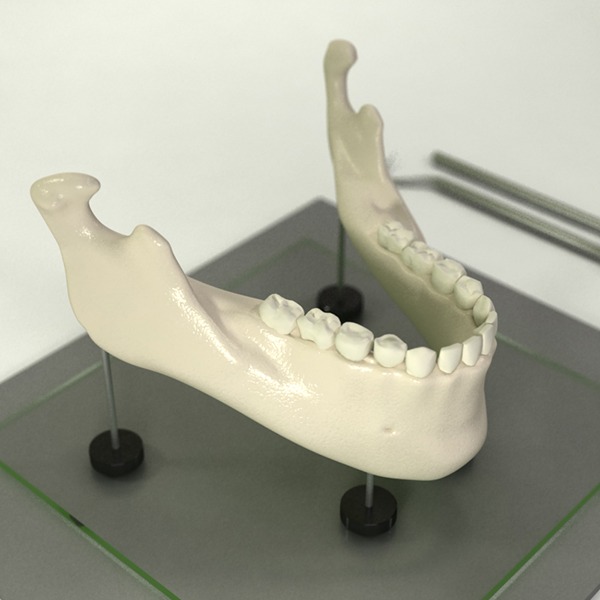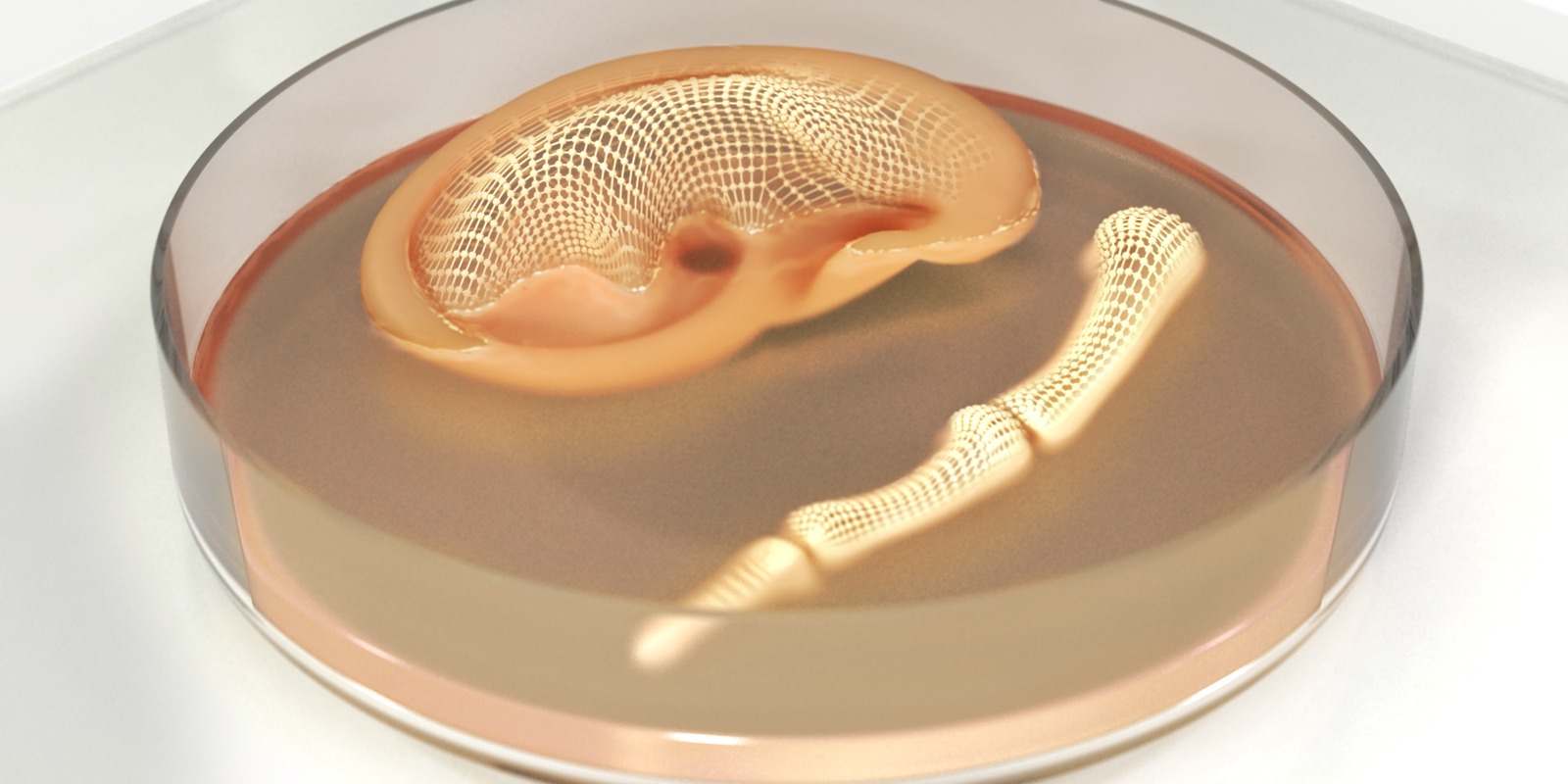EMERGENCE AND HISTORY OF BIO-PRINTING
![]()

Printing a human kidney – Anthony AtalaPrinting a human kidney – Anthony Atala (see the video below)
The idea of artificial organs appeared in 1938 with two scientists, Alexis Carrel and Charles Lindbergh. They planted the crazy idea that one could “grow organs”. However, it took 50 years for science to allow significant technological development for the emergence of a bio-printing process. Indeed, it was in the year 1988 at the University of Texas that Dr. Robert Klebe developed a method called Cytoscribing. This allows the creation of synthetic tissues using an inkjet printer. This advancement helped and led to the emergence of the first artificial organ resulting from bio-printing. In 2002, Professor Anthony Atala accomplished this feat by creating a miniature kidney. It was not until 2010 that the first laboratory specializing in the creation of artificial organs by 3D printing appeared. Organovo and Invetech researchers were able to develop a model of a bio-printer (the NovoGen MMX). Cellular tissues, bone tissues, and others were created, even achieving a liver tissue graft. But since then, where is the research? What should we expect from this field and what projections are allowed in the future?
CURRENT SITUATION AND RESEARCH DIRECTIONS OF MEDICAL 3D PRINTING
![]()

3D Print of an Ear
Organs and the tissues that make them up are very complex in their composition. In this regard, microvascular networks remain the most significant challenge facing 3D printing today. Indeed, organs and tissues must be perfectly constituted so that the circulation of oxygen, blood, nutrients, and the elimination of waste are perfectly functional. Without a meticulously recreated vascular network, no transplantation of artificial organs is possible. Several advancements and examples currently open the way to surgery using organs from 3D printing.

3D Print of an Ear
Current research in bio-printing is greatly interested in so-called bio-inks, which are favorable for creating viable environments for human cells. To this end, researchers have managed to produce a special gel thanks to calcium peroxide. It provides a favorable environment for cell survival in the case of organ transplantation. This GelMAbioink is designed to regulate the release of oxygen in organic tissues. These studies are promising, as they could optimize and perfect cell viability, essential for vascularization after a graft. Another example of progress in the field of medical 3D printing is the creation of an artificial bone made from calcium defosphate (an element that composes natural bone). This bone, called CT-bone, is primarily developed for maxillofacial reconstruction. Indeed, any patient who has undergone facial deformation caused by a disease (such as cancer) or trauma (following an accident) could benefit from prostheses from this technology without undergoing functional maxillofacial loss.
Another approach using bio-printing is emerging: in vivo 3D printing. This method tries to print tissues directly on areas affected by a lesion or injury. The use of microbots seems possible in the near future, thanks to the development of a sub-miniature printer that would be placed directly in front of the affected organ to treat it.
A FUTURE PROJECTION FOR MEDICAL 3D PRINTING
![]()

One thing is certain, bio-printing is becoming essential to medicine in general and regenerative medicine in particular. It will not be surprising to see the first transplants of stable organs and tissues in the coming years. This will be possible thanks to the advances already made in 3D printing research focusing on vascular networks, cell viability, microvascular and organic compatibility and functionality.
Indeed, besides printing organs like the liver, heart, or kidneys, the great challenge of medical bio-printing is to provide more information on the interconnection of vascular networks and their operating systems. This could lead, for example, to treatments for diabetes through the printing of pancreatic tissues, to evolve pharmacodynamics and personalized treatments. On the other hand, bio-printing is closely interested in the construction of the human-on-chip in order to accurately observe the nervous system and its motor functions. This will lead to a better understanding of neurodegenerative diseases.
Laser bio-printing process
![]()
source :
https://pubmed.ncbi.nlm.nih.gov/3191947/
https://www.sciencedirect.com/science/article/pii/S2352320421000444#bib200
https://www.ncbi.nlm.nih.gov/pmc/articles/PMC6439477/
https://www.sciencedirect.com/science/article/pii/S235232041630013X
https://organovo.com/technology-platform/
https://www.brinter.com/benefits-of-bioprinting/
https://www.sanofi.fr/fr/labsante/vers-une-nouvelle-medecine-grace-a-l-impression-3D

